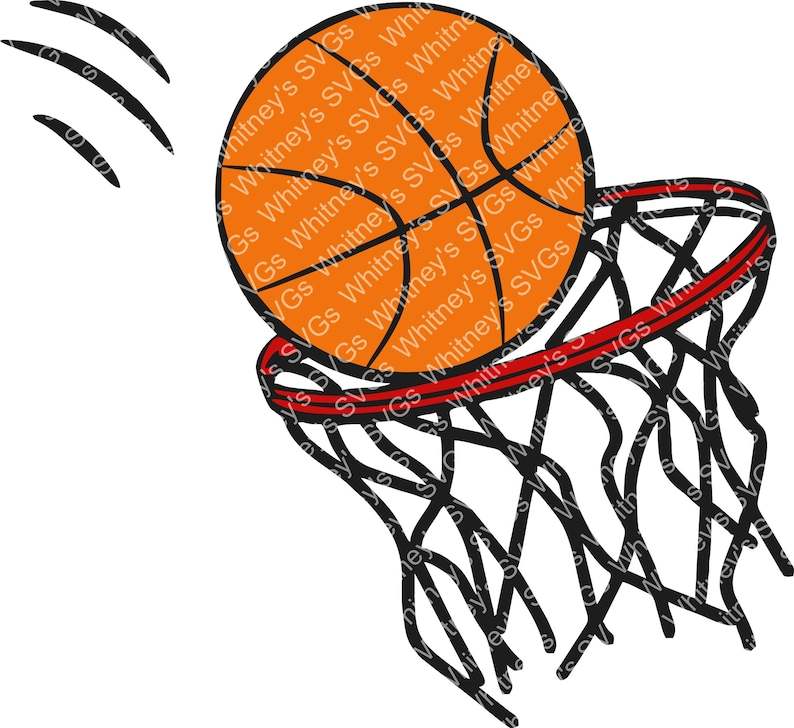Dribble into Design: Creating Stunning Basketball Court SVGs
Creating a basketball court SVG can transform your design projects into dynamic and engaging visuals. As the game of basketball continues to gain popularity worldwide, having a crisp and clear representation of the court is essential for creating diagrams, posters, or even digital content aimed at sports enthusiasts. Whether you are a designer looking to enhance your portfolio or a coach trying to illustrate strategies, understanding how to craft effective basketball court SVGs will elevate your work.
In this article, we will explore the fundamental elements that make up a basketball court layout and how to translate those dimensions and markings into stunning SVG graphics. From read more -point line to the free throw area, capturing the intricate details within your designs will not only showcase your skills but will also provide viewers with accurate and appealing representations of the game they love. Get ready to dribble into the world of design as we guide you through the process of creating visually striking basketball court SVGs.


Understanding Basketball Court Dimensions
To create an accurate and visually appealing basketball court SVG, it is essential to understand the standard dimensions of a basketball court. A regulation court measures 94 feet long and 50 feet wide for professional play, while high school courts are slightly smaller at 84 feet long and 50 feet wide. These dimensions ensure consistency and familiarity for players and fans alike.
The key areas of the court include the free-throw line, three-point arc, and the key, also known as the painted area. The free-throw line is located 15 feet from the backboard, while the three-point arc varies in distance, being 23.75 feet from the basket in professional leagues and 19.75 feet in high school games. The key measures 16 feet wide and extends 19 feet from the baseline to the free-throw line, crucial for positioning during plays.
Understanding these dimensions not only aids in creating authentic SVG representations but also enhances the functionality of designs for various uses. Whether for coaching, fan engagement, or design presentations, accurately depicting the court's layout allows for better communication of strategies and gameplay. A well-crafted SVG can serve as an excellent educational tool, providing clarity on court formations and plays.
Designing SVG Elements
Creating stunning basketball court SVGs begins with understanding the fundamental components of a basketball court. Start by sketching out the basic layout, which includes the key, three-point arc, free-throw line, and the overall court dimensions. The proportions are crucial to ensure that your SVG is both accurate and visually appealing. Use simple geometric shapes as the building blocks of your design, which will help in creating a clean look that can easily be modified.
Once you have the basic layout, focus on adding details that enhance the visual interest of your SVG. This can include textures that mimic wood for the court surface, realistic markings for boundaries, and even player positions if you're inclined to design a more dynamic graphic. Consider utilizing a color palette that reflects the spirit of basketball, incorporating team colors or classic wood tones, to make your design stand out.
Finally, pay attention to the scalability of your SVG elements. Unlike https://www.basketballsvg.com/collections/basketball-court-svg , SVG allows for infinite resizing without loss of quality, so ensure that your designs remain crisp and clear, regardless of the size. Test your SVG across different devices and resolutions to be certain that it maintains its integrity. Basketball Mom Svg is to create an adaptable design that works seamlessly whether it's displayed on a small screen or a large banner.
Exporting and Implementing SVGs

Once you have created your basketball court SVG, the next step is to export it for use in various applications. Most design software allows you to save your work in the SVG format directly. Ensure Basketball Player Svg choose the correct settings to maintain the quality and scalability of the design. Keep an eye on any potential issues related to layers and groups, as they might affect how the SVG appears when imported into other programs.
After exporting, you can implement the SVG into your web projects or graphic designs. For web use, simply embed the SVG code directly into your HTML or link to the SVG file. SVG is resolution-independent, meaning it will look sharp on all devices and screen sizes. If you're working in graphic design software, you can import the SVG file and manipulate it like any other vector graphic, allowing for easy customization and layout adjustments.
When sharing your SVG files, consider the audience and the compatibility of the platforms they may be using. Some users may not be familiar with SVG files, so providing a brief explanation of how they work or suggesting appropriate software can enhance their experience. By ensuring that your designs are accessible and well-documented, you can help others make the most of your basketball court SVG creations while enjoying their visual quality and versatility.